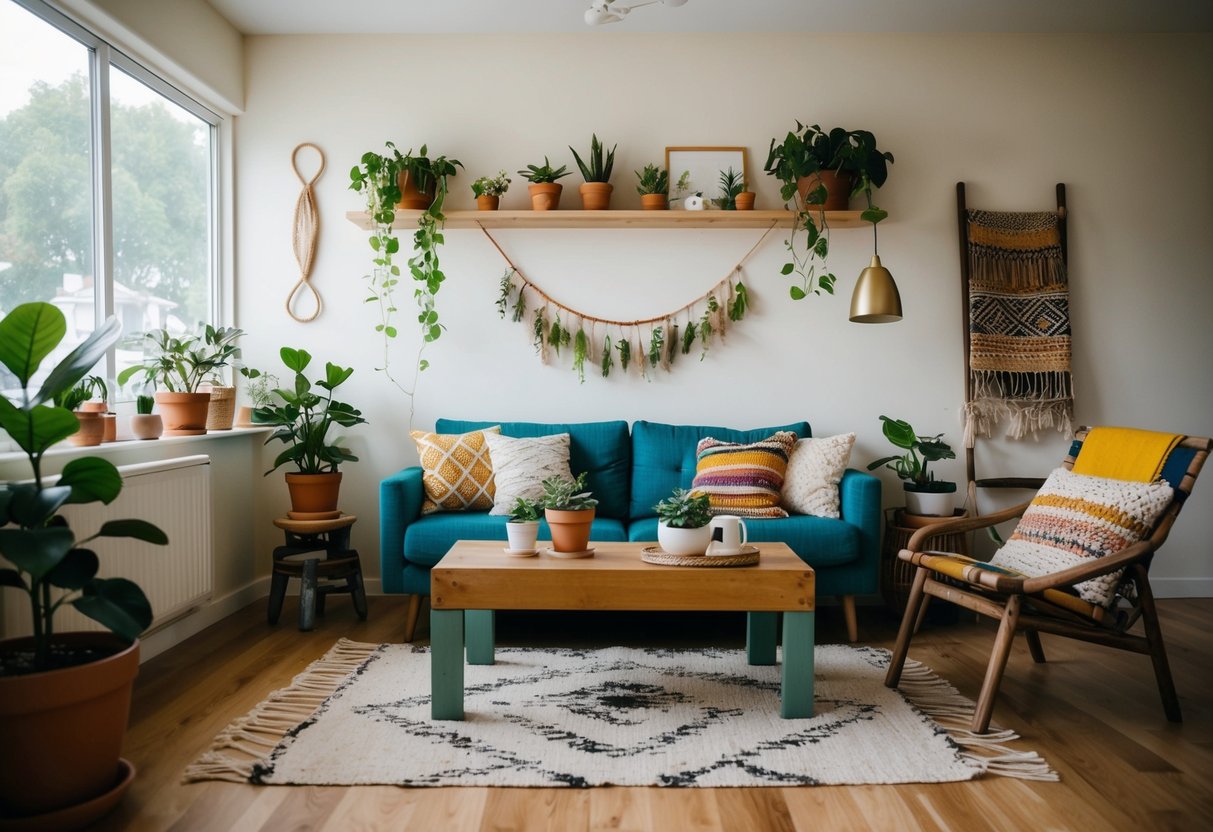Sustainable DIY Projects for an Eco-Friendly Home Makeover
Improving Insulation and Using Renewable Energy
Enhancing a home’s insulation is crucial in maintaining stable indoor temperatures, thereby reducing the need for heating or cooling. Effective insulation materials, such as spray foam or cellulose, help seal gaps and prevent air leaks. This results in improved energy efficiency and lower energy costs.
Incorporating renewable energy sources can further enhance energy efficiency. Solar panels, for example, convert sunlight into electricity, reducing dependence on non-renewable power sources. Many homeowners also explore wind or geothermal energy, depending on geographic location and resources. By improving insulation and integrating renewable energy, homes become more sustainable and energy-efficient.
Eco-Friendly Home Decor and Furnishings

Incorporating sustainable furniture and eco-friendly decor products can significantly reduce an environmental footprint. These choices promote a healthier living environment and make a style statement.
Choosing Sustainable Furniture
When selecting sustainable furniture, factors such as material sourcing, production methods, and longevity are key. Opt for pieces made from renewable or recycled materials like bamboo, reclaimed wood, and metal. Cork and linen are excellent eco-friendly options due to their renewability and minimal environmental impact during production.
Look for furniture certified by environmental organizations, indicating adherence to sustainability standards. Upcycled furniture is another excellent choice; it not only reduces waste but also often results in unique, personalized items. Prioritizing local furniture brands further decreases carbon footprints by reducing transportation emissions.
Decorating with Eco-Friendly Products
Eco-friendly decor products come in various forms, from textiles to wall art. Opt for natural materials like wool, which is biodegradable and offers great durability. Selecting textiles made from organic cotton or hemp ensures minimal pesticide usage and better worker conditions in production.
Eco-friendly homes benefit from using paint and finishes low in volatile organic compounds (VOCs), which improve indoor air quality. Adding plants can purify the air and enhance aesthetics naturally. For decorative accents, choosing items made from recycled glass or metal supports sustainable decor choices and adds a unique touch. Integrating these elements creates a harmonious balance between style and sustainability.
Innovative DIY Projects
Repurposing and upcycling household items can transform a home in sustainable ways. DIY projects offer creative solutions for composting and food storage, contributing to an eco-friendly lifestyle.
Upcycling Items Around Your Home
Upcycling breathes new life into everyday objects. Old furniture can be transformed into new statement pieces. For instance, tired wooden pallets can be repurposed into unique coffee tables or garden planters. Button-down shirts become chic pillow covers, creating a fresh look without the environmental impact of new purchases.
Creative lighting solutions are another exciting avenue. Glass jars make excellent lanterns or pendant lamps when combined with LED bulbs. These upcycled items not only reduce waste but also add a personal touch to the home. This approach to DIY projects emphasizes creativity and environmental responsibility.
DIY Composting and Food Storage Solutions
Composting is a practical way to turn kitchen scraps into rich, organic fertilizer. Begin with a simple bin made from upcycled wood or plastic containers. Add layers of organic waste like fruit peels, coffee grounds, and eggshells. Turn it occasionally for aeration, speeding up the decomposition process. This method reduces landfill waste and enriches soil quality.
In terms of food storage, DIY projects can replace single-use plastics with sustainable options. Beeswax wraps, made by infusing cloth with beeswax, provide an excellent seal for keeping food fresh. Glass jars and upcycled tins serve as durable containers for pantry staples. These projects not only cut down on waste but also promote a more sustainable kitchen environment.



